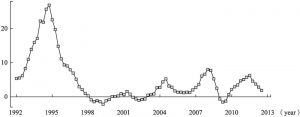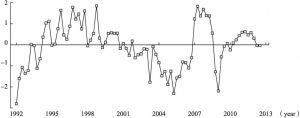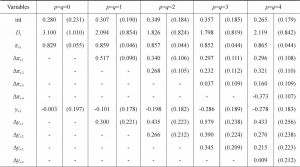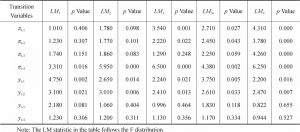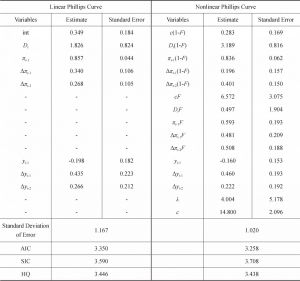论文
Analysis of Nonlinear Dynamic Mechanism of Inflation and Phillips Curve
关键词
检索正文关键字
论文目录
- 1 Introduction
- 2 The Linear Model of Phillips Curve
-
3 Presentation, Testing and Estimation of Nonlinear Phillips Curve
- 3.1 Linearity Test of Phillips Curve
- 3.2 Construction of Nonlinear Phillips Curve Model
- 3.3 Parameter Estimation of Nonlinear Phillips Curve
- 3.4 Testing the Hypothesis of No Remaining Nonlinearity and Parameter Constancy
- 4 Conclusions
相关文献
the Changes in Business Cycle and Driving Force Conversion in China
Analysis of Nonlinear Dynamic Mechanism of Inflation and Phillips Curve
The Impact of Uncertainty on Japan’s Economy
Relationships Research among Control Mechanism, Cooperation and Suppliers Performance
查看更多>>>


